Old homes have so much charm, don’t they? The intricate woodwork, vintage fixtures, and history are hard to resist. But there’s something less charming hidden in many older houses—lead. If you live in or are considering purchasing an older home in Parksville, understanding the risks of lead and why timely abatement is essential can save you a lot of trouble.
WHY IS LEAD A CONCERN IN OLDER HOMES?
Back in the day, lead was commonly used in paints and plumbing materials. It wasn’t until later that we learned how harmful it is. The trouble with lead is that it doesn’t go away on its own. Over time, as paint peels or pipes corrode, lead can find its way into the air, water, and even the dust in your home.
The health risks are serious. Lead exposure can cause developmental issues in children, affect pregnancy, and lead to long-term health problems in adults. Even small amounts of lead can be dangerous. That’s why it’s so important to address it quickly and effectively.
SIGNS YOUR HOME MAY HAVE LEAD
If your home was built before the 1980s, there’s a good chance it contains lead-based materials. Paint is often the biggest culprit. Look for peeling or chipping paint, especially around windows, doors, and trim. These areas experience a lot of wear and tear, which can release lead dust.
Plumbing is another potential source. Older pipes or soldering materials may contain lead, which can leach into your water. Discolored water or a metallic taste might indicate a problem. However, lead can be present without obvious signs, so testing is key.
THE ROLE OF PROFESSIONAL LEAD ABATEMENT
Lead abatement is the process of safely removing or sealing lead-based materials. It’s not something you should attempt yourself. Professionals have the training and tools needed to handle lead without spreading contamination. They also follow strict safety protocols to protect you and your family.
In Parksville, lead abatement professionals are familiar with the specific challenges of older homes in the area. They understand how to navigate the quirks of vintage construction while ensuring a thorough job. Choosing the right team can make a big difference.
STEPS IN THE LEAD ABATEMENT PROCESS
The first step in lead abatement is testing. A professional will assess your home to determine where lead is present. This might involve testing paint, dust, soil, or water.
Once the problem areas are identified, the abatement process begins. This can include removing lead-based paint, replacing contaminated materials, or encapsulating lead surfaces to prevent exposure. After the work is done, thorough cleaning ensures no lead particles remain.
Post-abatement testing is often the final step. This confirms that your home is now safe. Knowing the job was done right gives you peace of mind.
WHY TIMELY ABATEMENT MATTERS
Delaying lead abatement can increase the risks. Over time, lead-contaminated materials deteriorate, releasing more harmful particles into your home. The longer you wait, the greater the chance of exposure for your family.
Children are especially vulnerable. Their growing bodies absorb lead more easily, and even low levels of exposure can impact their development. By addressing lead issues promptly, you protect their health and future.
Timely abatement also preserves the value of your home. A house with unresolved lead problems can be harder to sell and may require costly repairs down the line. Taking care of the issue now can save you money and stress later.
CHOOSING THE RIGHT PROFESSIONALS
Not all abatement services are created equal. When looking for help with lead abatement in Parksville, it’s essential to find a team with the right qualifications. Certification and experience should be at the top of your list.
Ask about their approach to safety and containment. A good professional will prioritize protecting your home and family throughout the process. They should also provide clear communication, so you know what to expect every step of the way.
Reading reviews and asking for references can help you feel confident in your choice. Look for a team with a track record of successful projects and satisfied clients.
TIPS FOR PREVENTING LEAD EXPOSURE
If you’re living in an older home and can’t start abatement right away, there are steps you can take to reduce your risk. Regularly clean surfaces with a damp cloth to capture lead dust. Avoid dry sweeping, which can spread particles into the air.
Make sure your water is safe by using a filter certified to remove lead. Run your tap for a few minutes before using water for cooking or drinking, especially if it hasn’t been used for several hours.
Teach children to wash their hands frequently, especially before eating. This simple habit can prevent them from ingesting lead dust.
LEAD ABATEMENT IN PARKSVILLE: A WORTHWHILE INVESTMENT
Taking care of lead in your home isn’t just about safety. It’s an investment in your family’s health and your property’s future. In Parksville, where many homes have historical charm, addressing lead issues ensures these treasures can be enjoyed for generations to come.
Whether you’re dealing with peeling paint, suspect your plumbing, or just want peace of mind, professional lead abatement is the way to go. The process might seem daunting, but with the right team, it can be straightforward and effective.
MOVING FORWARD WITH CONFIDENCE
Owning an older home is a unique experience. The history and character make it special, but it also comes with responsibilities. Addressing lead is one of them, and it’s a task worth prioritizing.
If you’re unsure where to start, reach out to a local professional for an assessment. They can guide you through the process and help you create a safer environment for your family. When it comes to lead abatement in Parksville, taking action now will give you peace of mind and protect what matters most.





